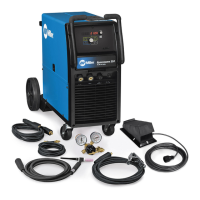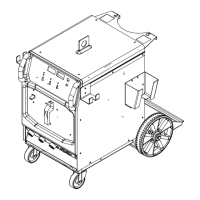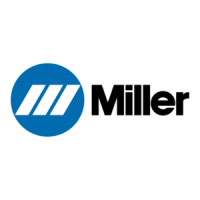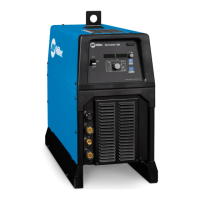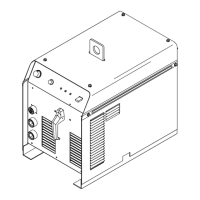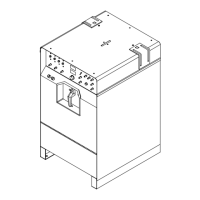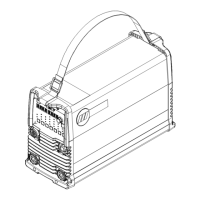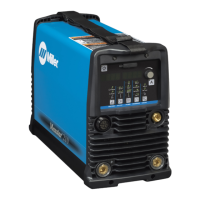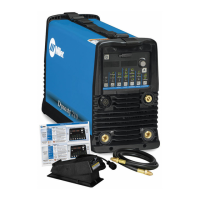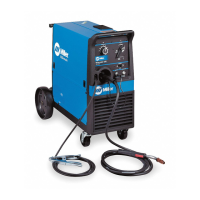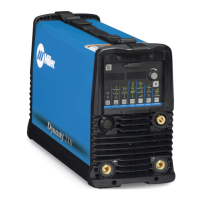How to fix Miller Welding System if there is no weld output and the unit is completely inoperative?
- VVincent MooreAug 18, 2025
If your Miller Welding System is completely inoperative with no weld output, ensure the machine power switch and the line disconnect switch are in the On position. Check and replace the line fuses if necessary, and verify proper input power connections.
